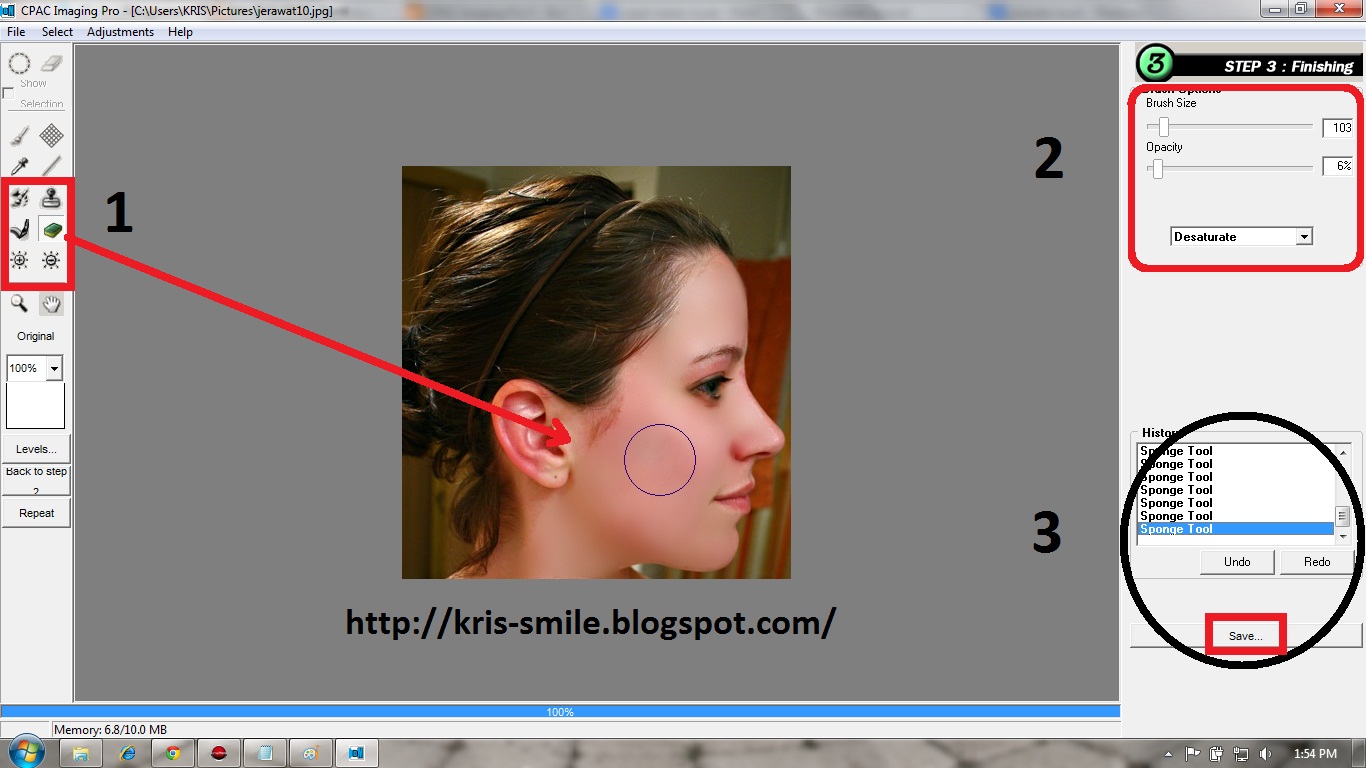
How To Install Cobol In Windows 7
Try it Option Online We have set up the COBOL Programming environment online, so that you can compile and execute all the available examples online. It gives you confidence in what you are reading and enables you to verify the programs with different options. Feel free to modify any example and execute it online. Try the following example using our online compiler available at IDENTIFICATION DIVISION.
PROCEDURE DIVISION. DISPLAY 'Hello World'.
NetCOBOL for Windows runs on Windows 10, Windows 7, Vista, XP, Server 2008. Available hard disk space:610 MB to install NetCOBOL Enterprise Edition. I have GNU-Cobol (same thing as OpenCobol) installed on a RedHat Enterprise Linux 7 virtual machine running through VMWare Workstation installed on a Windows 8.1 host. You may wish to try CentOS 7 if you do not wish to purchase a RHEL subscription.

For most of the examples given in this tutorial, you will find a Try it option in our website code sections at the top right corner that will take you to the online compiler. So just make use of it and enjoy your learning. Installing COBOL on Windows/Linux There are many Free Mainframe Emulators available for Windows which can be used to write and learn simple COBOL programs. One such emulator is Hercules, which can be easily installed on Windows by following a few simple steps as given below − • Download and install the Hercules emulator, which is available from the Hercules' home site: • Once you have installed the package on Windows machine, it will create a folder like C:/hercules/mvs/cobol.
• Run the Command Prompt (CMD) and reach the directory C:/hercules/mvs/cobol on CMD. • The complete guide on various commands to write and execute a JCL and COBOL programs can be found at: www.jaymoseley.com/hercules/installmvs/instmvs2.htm Hercules is an open-source software implementation of the mainframe System/370 and ESA/390 architectures, in addition to the latest 64-bit z/Architecture. Hercules runs under Linux, Windows, Solaris, FreeBSD, and Mac OS X. A user can connect to a mainframe server in a number of ways such as thin client, dummy terminal, Virtual Client System (VCS), or Virtual Desktop System (VDS). Every valid user is given a login id to enter into the Z/OS interface (TSO/E or ISPF). Compiling COBOL Programs In order to execute a COBOL program in batch mode using JCL, the program needs to be compiled, and a load module is created with all the sub-programs. The JCL uses the load module and not the actual program at the time of execution. 
The load libraries are concatenated and given to the JCL at the time of execution using JCLLIB or STEPLIB. There are many mainframe compiler utilities available to compile a COBOL program. Some corporate companies use Change Management tools like Endevor, which compiles and stores every version of the program. This is useful in tracking the changes made to the program. //COMPILE JOB,CLASS=6,MSGCLASS=X,NOTIFY=&SYSUID //* //STEP1 EXEC IGYCRCTL,PARM=RMODE,DYNAM,SSRANGE //SYSIN DD DSN=MYDATA.URMI.SOURCES(MYCOBB),DISP=SHR //SYSLIB DD DSN=MYDATA.URMI.COPYBOOK(MYCOPY),DISP=SHR //SYSLMOD DD DSN=MYDATA.URMI.LOAD(MYCOBB),DISP=SHR //SYSPRINT DD SYSOUT=* //* IGYCRCTL is an IBM COBOL compiler utility. The compiler options are passed using the PARM parameter.